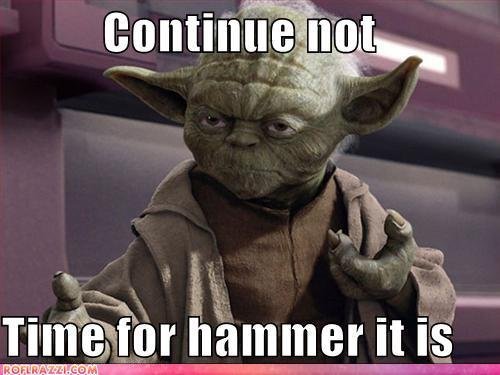The Republic of China’s retreat to Taiwan, also known as the Kuomintang retreat to Taiwan or (in Taiwan) “The Great Retreat” refers to the exodus of the remnants of the Kuomintang-ruled government of the Republic of China to the island of Taiwan in December 1949 at the end of the Chinese Civil War. The Kuomintang (KMT, Chinese Nationalist Party), its officers and approximately 2 million troops took part in the retreat; in addition to many civilians and refugees, fleeing from the advances of the Communist People’s Liberation Army.
Troops mostly fled to Taiwan from provinces in southern China, including Sichuan Province, where the last stand of the Republic of China’s main army took place. The flight to Taiwan took place over four months after Mao Zedong had proclaimed the founding of the People’s Republic of China in Beijing on October 1, 1949.[1]
After the retreat, the Republic of China leadership, led by Generalissimo and President Chiang Kai-shek planned to make the retreat only temporary, hoping to regroup, fortify and reconquer the mainland.[1] This plan, which never came into fruition, was known as “Project National Glory“, and made the national priority of the Republic of China on Taiwan. Once it became apparent that such a plan could not be realized, Taiwan’s national focus shifted to the modernization and economic development of Taiwan, even as the ROC continues to claim sovereignty over regions under PRC control.
The Chinese Civil War between Chiang Kai-shek’s KMT forces and Mao Zedong’s Chinese Communist Party (CCP) entered its final stage in 1945, following the surrender of Japan. Both sides sought to control and unify China. While Chiang heavily relied on assistance from the United States, Mao relied on support from the Soviet Union as well as the rural population of China.[2]
The bloody conflict between the KMT and the CCP began when both parties were attempting to subdue Chinese warlords in northern China (1926–28) and continued though the Japanese occupation (1932–45). The need to eliminate the warlords was seen as necessary by both Mao Zedong and Chiang Kai-shek, but for different reasons. For Mao, their elimination would end the feudal system in China, encouraging and preparing the country for socialism and communism. For Chiang, the warlords were a great threat to the central government. This basic dissimilarity in motivation continued throughout the years of fighting against Japanese occupation in China, in spite of a common enemy.
Mao’s Communist forces mobilized the peasantry in rural China against the Japanese, and at the time of the Japanese surrender in 1945 the Chinese Communist Party had built an army of nearly a million soldiers. The pressure Mao’s forces placed on the Japanese benefitted the Soviet Union, and thus the CCP forces were supplied by the Soviets. The ideological unity of the CCP, and the experience acquired in fighting the Japanese, prepared it for the next battles against the Kuomintang. Though Chiang’s forces were well equipped by the US, they lacked effective leadership, political unity and experience.
In January 1949, Chiang Kai-shek stepped down as leader of the KMT and was replaced by his vice-president, Li Zongren. Li and Mao entered into negotiations for peace, but Nationalist hardliners rejected Mao’s demands.
The Communist military capability was a deciding factor in resolving the impasse, and when Li sought an additional delay in mid-April 1949, the Chinese Red Army crossed the Yangtze (Chang) River. Chiang fled to the island of Formosa (Taiwan), where approximately 300,000 soldiers had already been airlifted.



